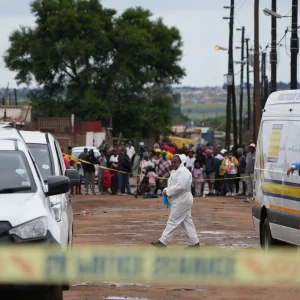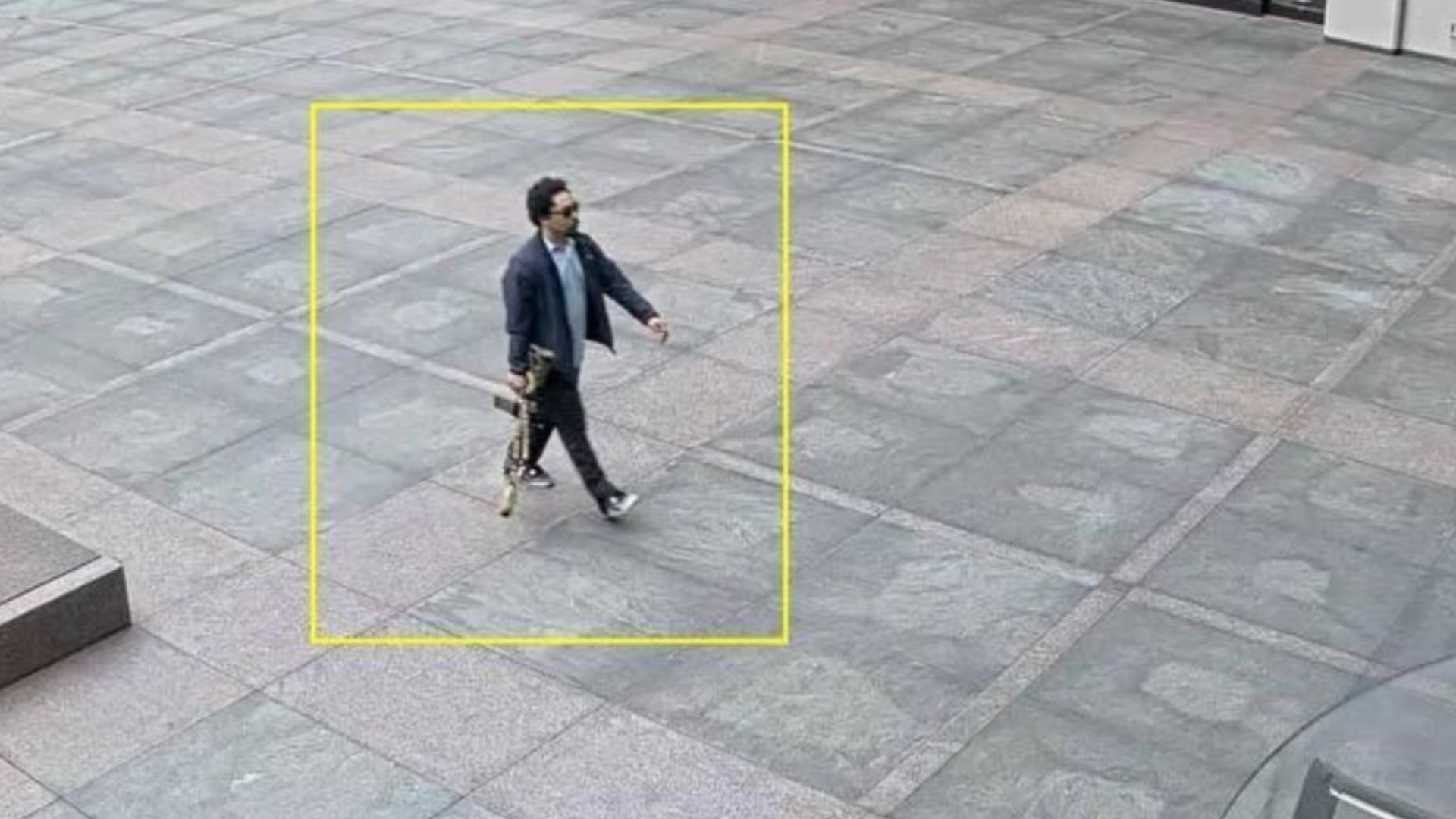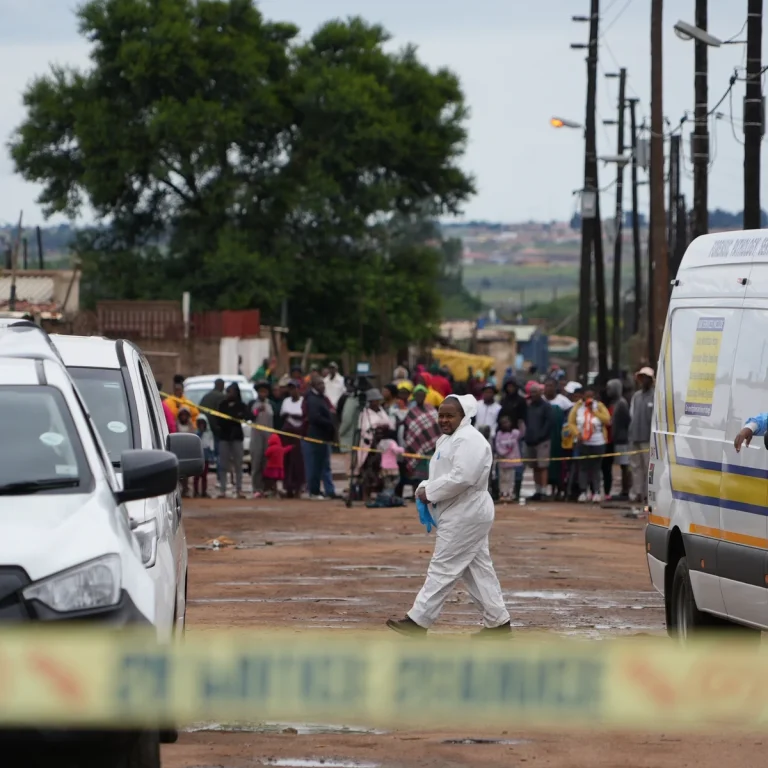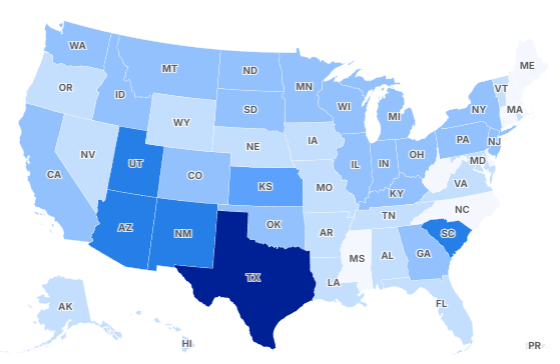A devastating attack at a Manhattan office building housing NFL headquarters has left four people dead and raised serious questions about the long-term effects of football-related head injuries on mental health.
The incident, which unfolded on Monday at 345 Park Avenue in Manhattan, has shocked both the sports and law enforcement communities as investigators work to understand what drove a former high school football player to commit such a devastating act of violence. The suspected gunman, identified as 27-year-old Shane Devon Tamura, traveled across the country from Nevada to New York before carrying out the attack that would ultimately claim his own life as well.
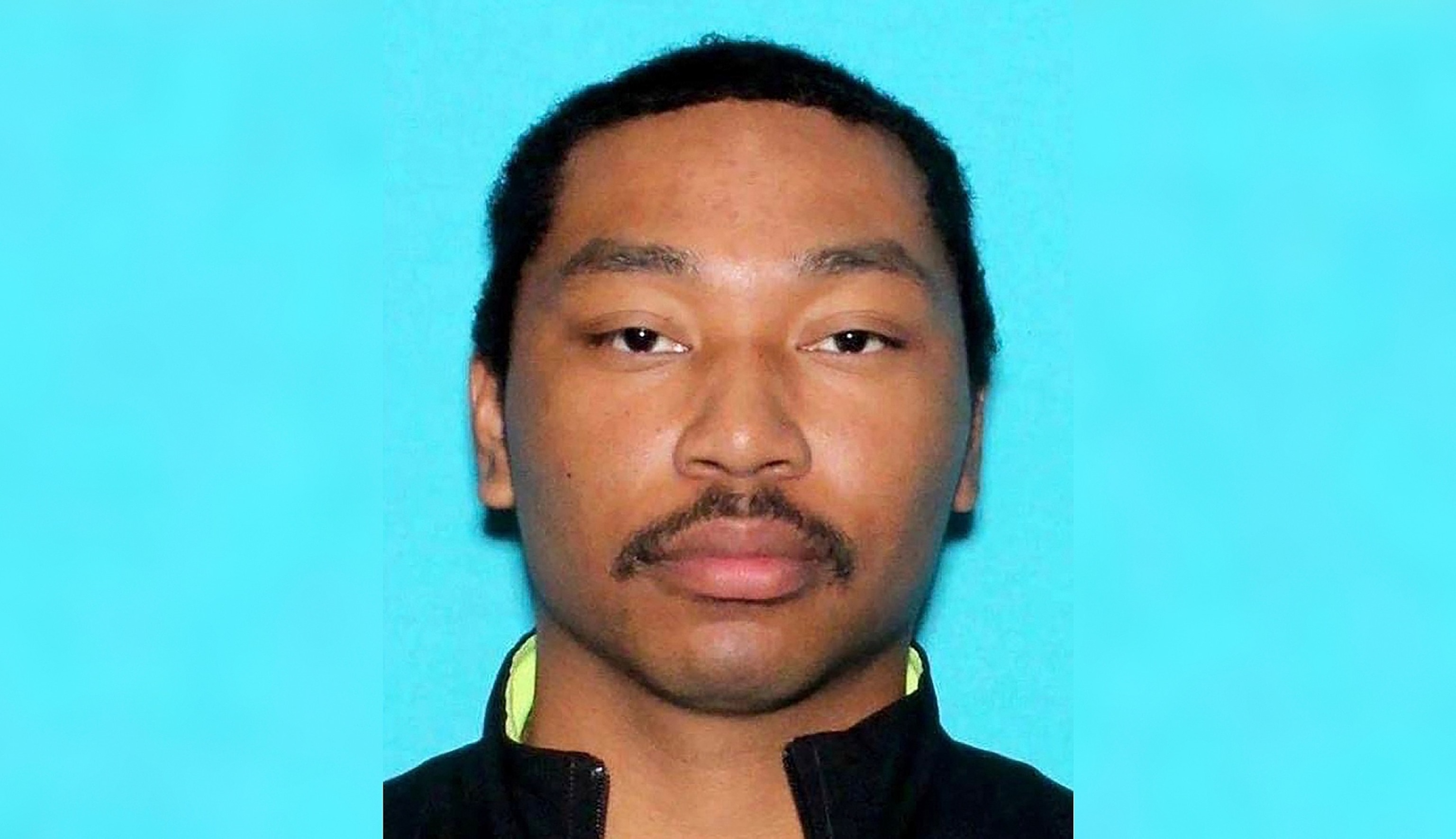
The Attack: A Cross-Country Journey Ends in Violence
According to New York Police Commissioner Jessica Tisch, the tragic events began when Tamura entered the Manhattan office building armed with an M4 rifle. The building, which houses multiple businesses including NFL administrative offices, became the scene of a methodical attack that started in the lobby and continued to the 33rd floor.
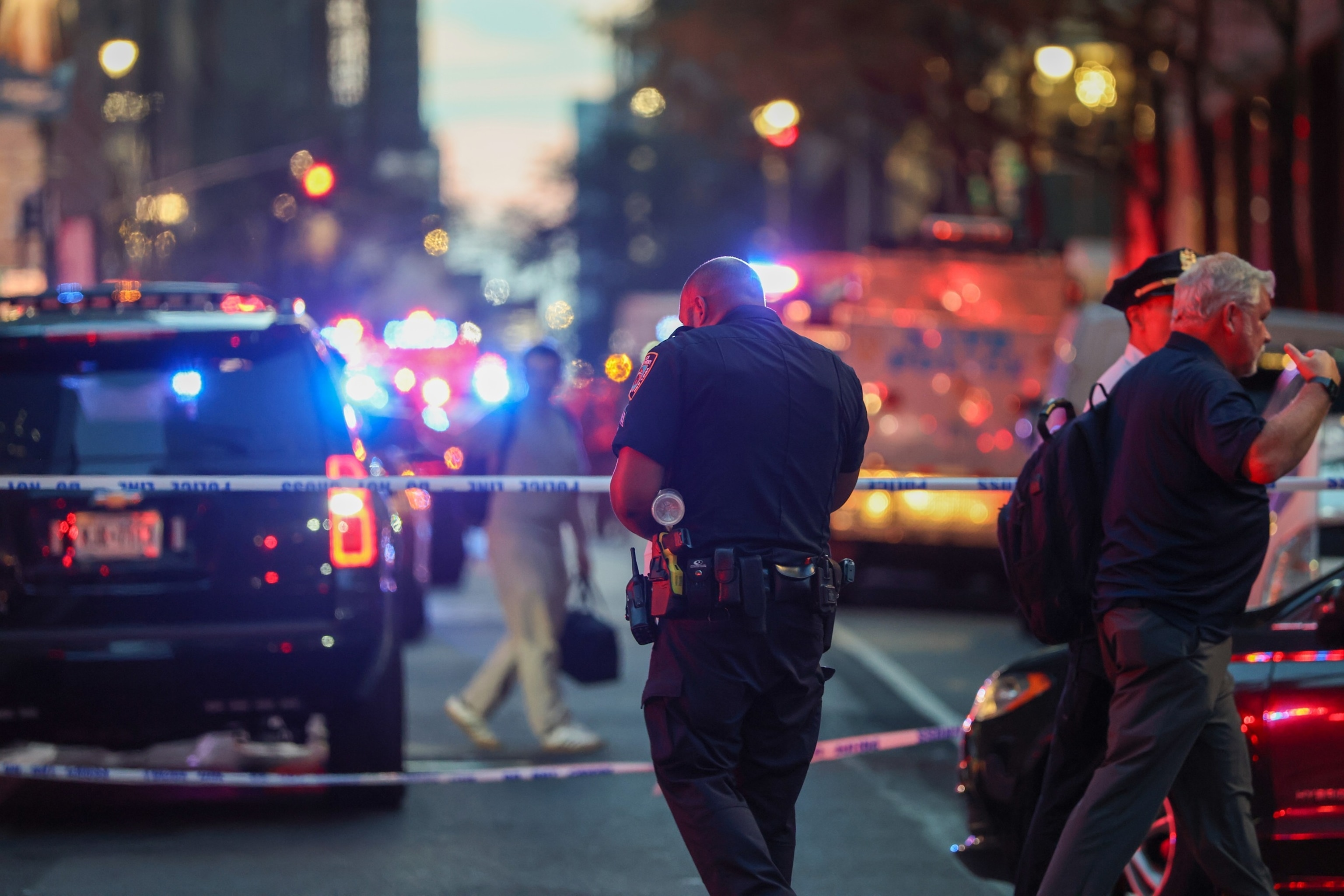
“The suspect initially opened fire in the building’s lobby before proceeding to the 33rd floor, where he continued his assault,” Commissioner Tisch explained during a press conference following the incident. “The attack concluded when the suspect took his own life.”
The systematic nature of the attack suggests premeditation, with law enforcement officials confirming that Tamura had driven across the entire continental United States from Nevada specifically to carry out this assault. This cross-country journey indicates significant planning and deliberation, raising important questions about potential warning signs that might have been missed.
Mental Health History and Investigative Findings
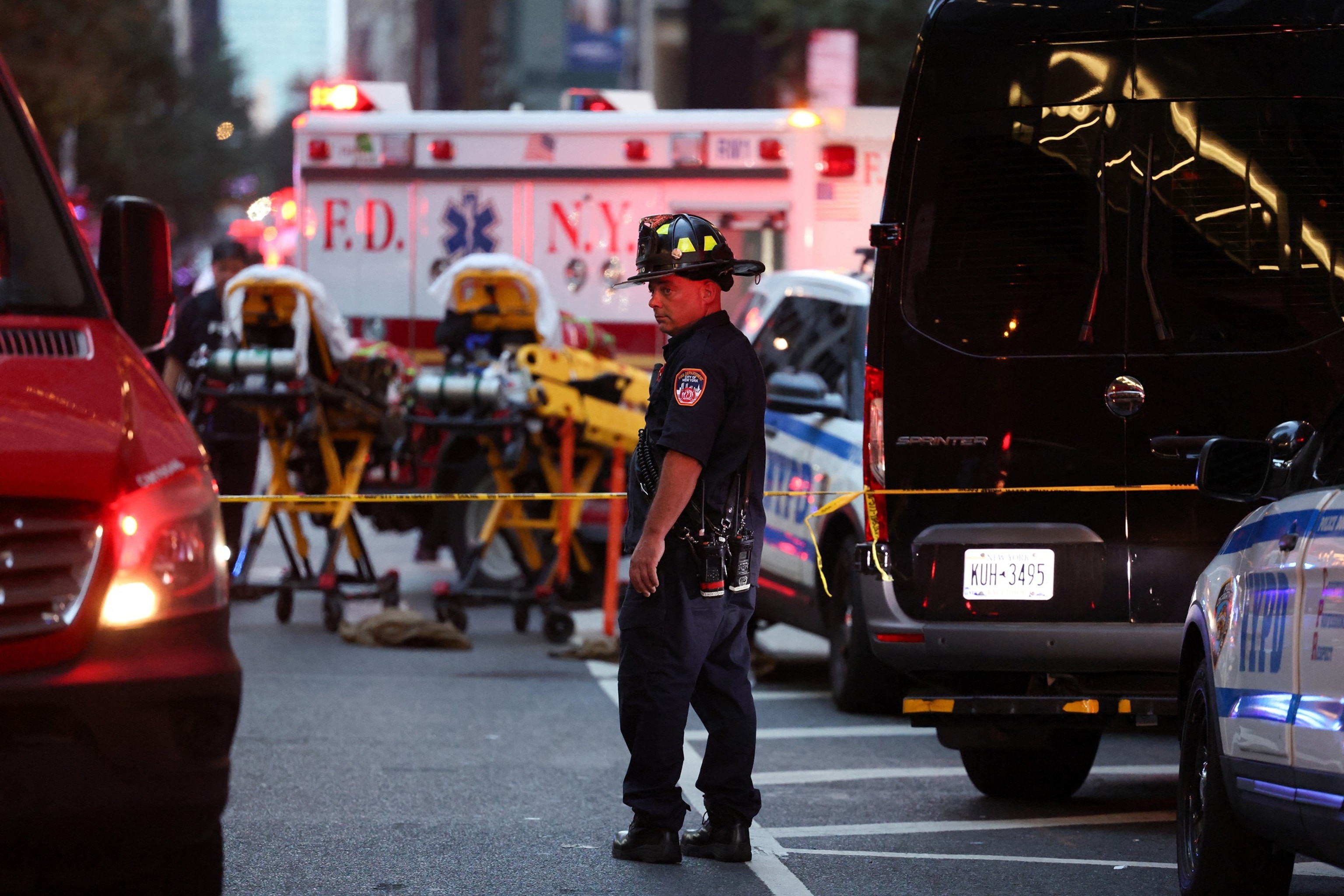
During the press conference, Commissioner Tisch revealed crucial background information about the suspect that may help explain the tragic events. “According to our law enforcement partners in Las Vegas, Mr. Tamura has a documented mental health history,” she stated. “However, his specific motives are still under investigation.”
This documented mental health history has become a central focus of the ongoing investigation, particularly in light of evidence discovered at the scene. Law enforcement officials are working closely with mental health professionals and medical experts to understand how Tamura’s psychological state may have contributed to his decision to commit such a devastating act.
The investigation has also revealed the methodical nature of Tamura’s preparation, suggesting that this was not an impulsive act but rather the result of extended planning and deliberation. This level of premeditation makes the case particularly concerning for law enforcement officials who are working to understand how such attacks can be prevented in the future.
The Note: A Possible Window Into Motive
Perhaps the most significant development in the investigation has been the discovery of a handwritten note left at the scene by the suspect. According to reports from NBC News, citing officials familiar with the investigation, this note may provide crucial insight into Tamura’s motivations for targeting the NFL offices specifically.
The note reportedly contains references to chronic traumatic encephalopathy (CTE), a degenerative brain condition associated with repeated head trauma. In the document, Tamura allegedly questioned whether CTE sustained during his football-playing years could have contributed to his mental health struggles and ultimately influenced his decision to commit this violent act.
This connection between potential brain injury and violent behavior has become a growing concern within the medical and sports communities. CTE has been linked to depression, mood swings, and aggressive behavior in former athletes, particularly those who participated in contact sports like football. The condition can only be definitively diagnosed through post-mortem brain examination, making it difficult to identify in living individuals.
Football Background and Early Life
Investigation into Tamura’s background has revealed his history as a competitive football player during his high school years. According to ABC News, Tamura attended Santa Clarita High School in the Los Angeles area, where he played as a running back for Grenada Hills Charter.
Former classmates have provided insights into Tamura’s personality during his school years, with many expressing shock at the violent turn his life eventually took. Caleb Clarke, who attended school with Tamura, described him as a “goofball” and told ABC News that he had no memory of Tamura displaying any mental health issues during their time together.
This disconnect between Tamura’s apparently normal high school persona and his later mental health struggles highlights the complex nature of brain injuries and their potential long-term effects. Many experts note that symptoms of CTE and other traumatic brain injuries can take years or even decades to manifest, making it difficult to establish clear connections between athletic participation and later mental health issues.
The Victims and Community Impact
The human cost of this tragedy extends far beyond the suspect himself. NYPD Officer Didarul Islam, 36, was identified as one of the four victims killed in the attack. Officer Islam’s death has particularly impacted the law enforcement community, as he represented the everyday heroes who put themselves at risk to protect others.
The three additional victims have not yet been publicly identified, as authorities work to notify families and gather necessary information. Each of these individuals represents a life cut short by senseless violence, leaving behind families, friends, and colleagues who are struggling to understand how such a tragedy could occur.
NFL Commissioner Roger Goodell addressed the attack in a statement to league employees, acknowledging both the tragedy and its impact on the NFL community. “One of our employees was seriously injured in this attack,” Goodell stated. “He is currently in the hospital and in stable condition. NFL staff are at the hospital and we are supporting his family.”
This injured employee’s survival provides some small measure of hope amid the overwhelming tragedy, though the physical and psychological recovery process will likely be extensive.
Evidence Collection and Ongoing Investigation
Law enforcement officials have collected substantial evidence from the scene, including Tamura’s weapon, ammunition, and mobile phone. The suspect’s phone is expected to provide crucial insights into his mental state leading up to the attack, his planning process, and potential communications that might shed light on his motivations.
Digital forensics experts are working to extract and analyze data from the device, looking for text messages, internet searches, social media activity, and other digital footprints that could help investigators understand the timeline and thought process behind the attack.
The weapon and ammunition are also being analyzed to determine how Tamura obtained them and whether he had any assistance in planning or carrying out the attack. Given his cross-country journey from Nevada to New York, investigators are particularly interested in understanding his movements and activities during the days and weeks leading up to the incident.
Broader Implications for Sports and Mental Health
This tragic incident has reignited important conversations about the long-term health consequences of contact sports, particularly football. The potential connection between Tamura’s football participation and his later mental health struggles highlights ongoing concerns about CTE and other brain injuries in former athletes.
Medical experts have increasingly recognized the serious long-term consequences of repeated head trauma, even at the high school level. While the vast majority of former football players never engage in violent behavior, the potential for brain injuries to contribute to mental health issues has become a significant concern for players, families, and sports organizations.
The NFL and other sports organizations have implemented various safety measures in recent years, including improved helmet technology, modified rules to reduce head contact, and enhanced concussion protocols. However, cases like this underscore the ongoing challenges in protecting athletes from long-term consequences of sports participation.
Moving Forward: Prevention and Understanding
As the investigation continues, law enforcement officials, mental health professionals, and sports organizations are working to understand how similar tragedies might be prevented in the future. This includes examining early warning signs, improving mental health resources for former athletes, and developing better screening processes for individuals with documented mental health histories.
The case also highlights the importance of comprehensive mental health support systems, particularly for individuals who may be struggling with the long-term effects of brain injuries. Early intervention and ongoing support could potentially prevent some individuals from reaching the point of committing violent acts.
This tragedy serves as a sobering reminder of the complex intersection between sports participation, brain health, and mental wellness, while honoring the memory of those whose lives were lost in this senseless act of violence.

Emily Johnson is a critically acclaimed essayist and novelist known for her thought-provoking works centered on feminism, women’s rights, and modern relationships. Born and raised in Portland, Oregon, Emily grew up with a deep love of books, often spending her afternoons at her local library. She went on to study literature and gender studies at UCLA, where she became deeply involved in activism and began publishing essays in campus journals. Her debut essay collection, Voices Unbound, struck a chord with readers nationwide for its fearless exploration of gender dynamics, identity, and the challenges faced by women in contemporary society. Emily later transitioned into fiction, writing novels that balance compelling storytelling with social commentary. Her protagonists are often strong, multidimensional women navigating love, ambition, and the struggles of everyday life, making her a favorite among readers who crave authentic, relatable narratives. Critics praise her ability to merge personal intimacy with universal themes. Off the page, Emily is an advocate for women in publishing, leading workshops that encourage young female writers to embrace their voices. She lives in Seattle with her partner and two rescue cats, where she continues to write, teach, and inspire a new generation of storytellers.
